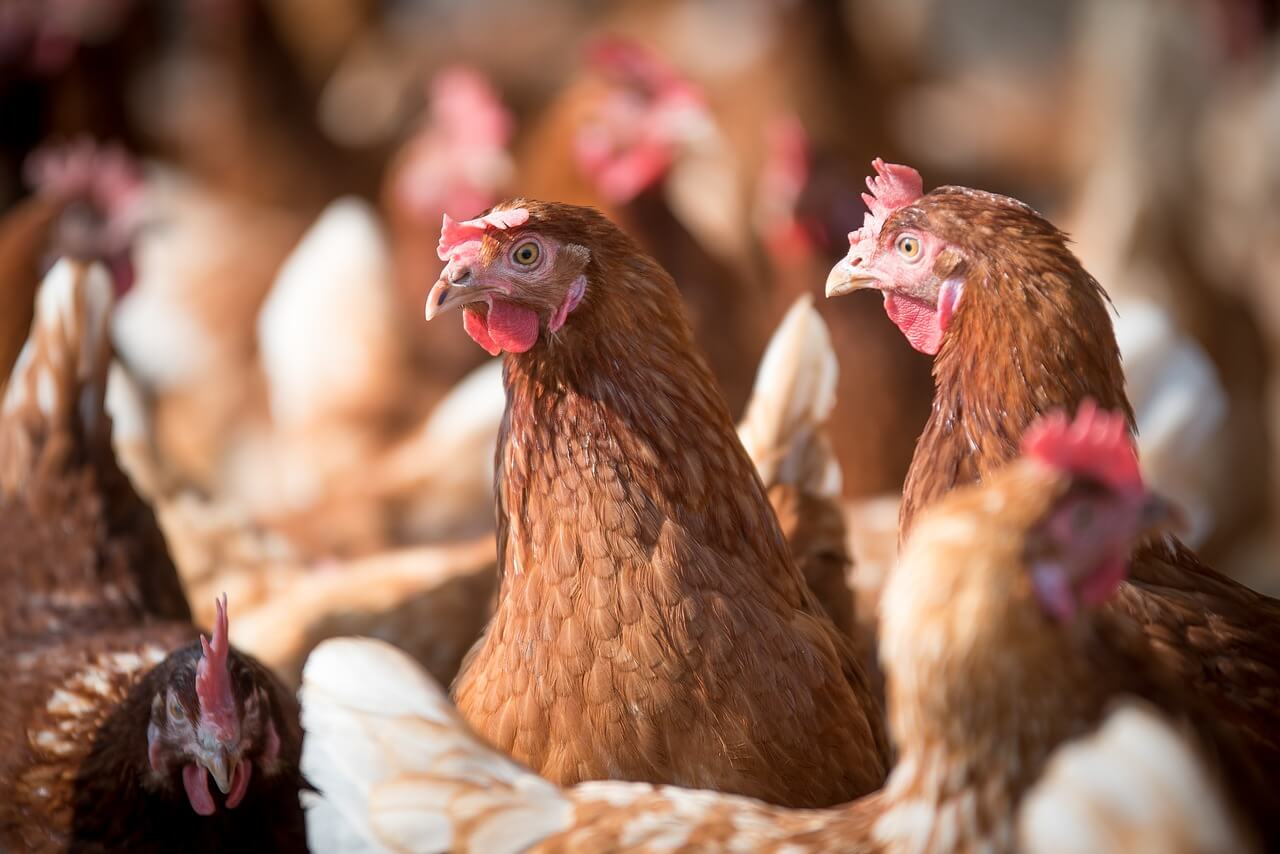What Escalating Hen-on-Hen Violence Can Teach Us About B2B Buying
- Animals that live in groups must be understood not just as individuals but as members of those groups
- When B2B buyers operate in groups, treating buying group members only as individuals may produce unintended consequences
- Identifying and improving your understanding of your buying groups will lead to better business results
A subsection of animal scientists studies how to breed chickens to produce more eggs. Surprisingly, B2B organizations can learn a lot about the buying process from one such study consisting of a series of experiments.

Researcher William Muir and his colleagues began their experiments in the mid-1990s at Purdue University’s department of animal sciences. The methodology they were testing was not novel. They wanted to know whether selective breeding would increase egg production. In this case, researchers built a family line of chickens consisting of the top egg producers from each generation, hoping for a resulting population of high-producing hens.
Selective Breeding
This experiment seemed like a scientific no-brainer, as it mirrors how breeders produce championship racehorses, show dogs, wool sheep, and the like. One of the most famous experiments in animal science used this methodology to produce tame, dog-like foxes from wild, aggressive foxes in less time than the average human life span. This method had already been used to breed larger, faster-growing chickens.
So, Muir and his colleagues selectively bred generation after generation of high-producing hens. From each cage of five to nine hens, they picked the top egg layers and bred them to be the next generation of egg producers, resulting in an eventual population of hens entirely the progeny of the highest producers from prior generations.
Unintended Consequences: The Pecking Order
Unfortunately, the researchers also discovered that in each new generation of selectively bred hens, the hens became more aggressive and violent toward each other. Not only did each subsequent generation fail to produce more eggs, it yielded fewer eggs and a continual increase in hen-on-hen violence. Life in the hen cages became hellish – after five generations, six of the nine chickens in one of the cages were murdered by their cage mates. Muir and his colleagues eventually determined that in an environment in which hens live together in cages, the top producers are those that bully other hens out of resources and peace of mind, while still producing eggs. In other words, the top producers rose to the top by limiting the production of others, not by being prodigious egg layers. By considering the production of only individual hens, experimenters accidentally bred hens to exhibit aggressive, violent behavior, not produce more eggs.
Take Two: Chicken Groups
Fortunately, Muir and his colleagues conducted a second experiment for increasing egg yield, and this one worked magnificently. In this second selective breeding experiment, egg production was evaluated at the group, rather than the individual hen, level. If the nine hens in Cage A together produced more eggs than the nine hens in Cage B, all the hens in Cage A were selected for reproduction and became parents of the next generation of hens.
In this second condition, egg yield improved across the course of the experiment by 160%. Hen-on-hen violence did not increase.
Lessons From Coup Groups
The selective breeding of high-producing individuals failed because the premise – that an individual hen’s performance could be understood in isolation from the group environment – was fundamentally wrong. Hens were housed in groups, so any effort to understand and modify their productivity should have occurred within that group context. Evaluation and selection must be conducted on the basis of those groups’ performance, not that of individuals.
And that is a long (but fascinating, I hope) analogy for understanding B2B buying. Most B2B buying is undertaken by groups of individuals acting together, or buying groups (aka buying teams or committees). Seller yield against buying groups cannot be understood or influenced solely by looking at an individual buying group member’s behavior in isolation. Only by understanding how buying groups perform collectively can B2B marketing and sales organizations reliably increase their yield. We call failure to understand group-level behavior “buying group blindness.”
If your organization sells to buying groups but only considers individuals (i.e. leads), your organization is likely suffering from buying group blindness and is failing to optimize its yield. If you are a SiriusDecisions client, we strongly encourage you to read the briefs “Identifying and Overcoming Buying Group Blindness” and “Identifying and Resolving Second-Lead Syndrome in Demand Management” and contact your account team to discuss how this condition affects your organization and what to do about it.
If you are not yet a client but suspect your organization has buying group blindness, contact us through the SiriusDecisions website so that we can diagnose and start to correct it.